Eight Practical Tips to Make Yoga Home Practice Really Happen
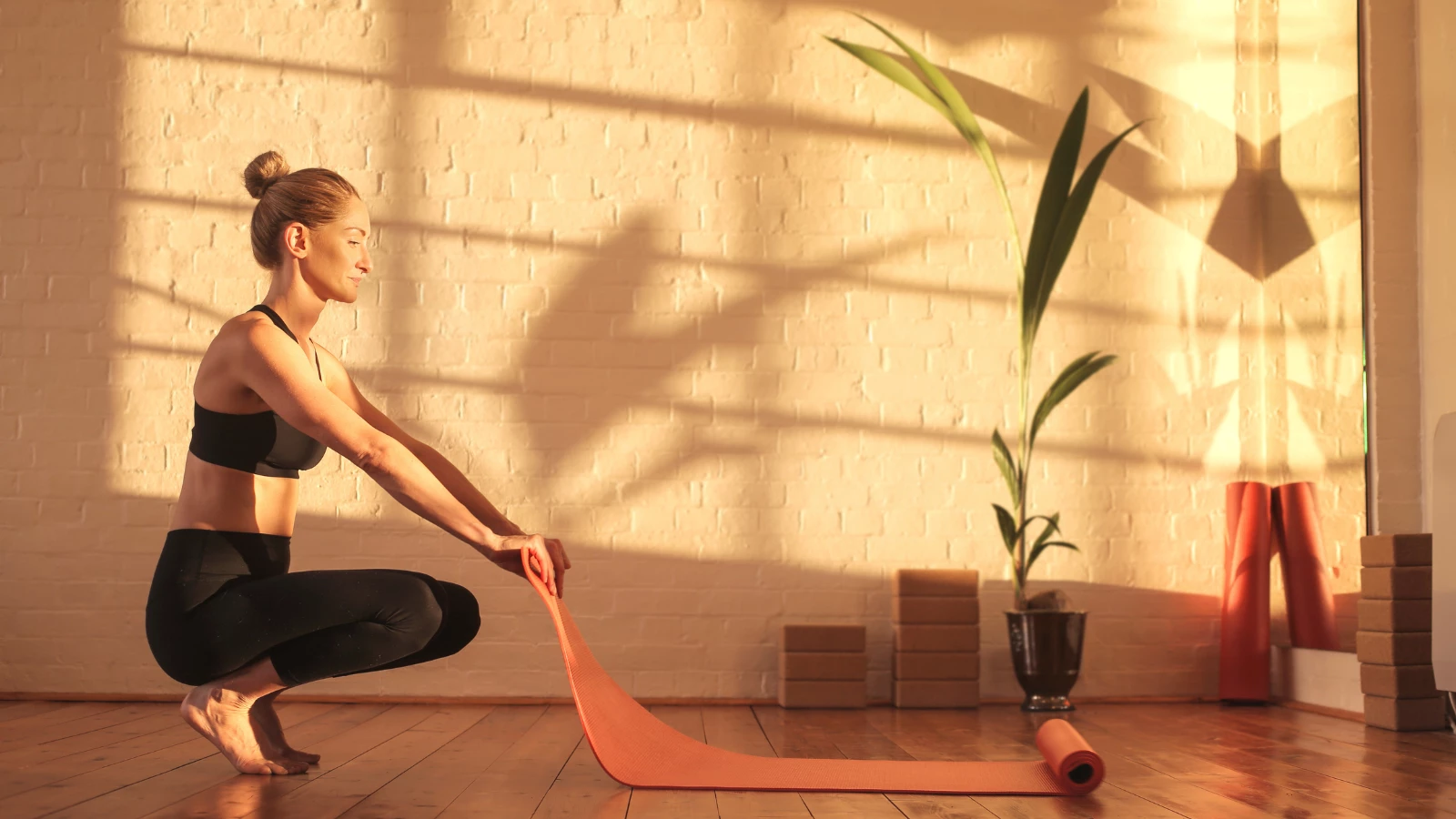
In researching my book Evolving Your Yoga: Ten Principles for Enlightened Practice several years ago, I interviewed 25 longtime teachers to find out how their yoga practice has evolved and deepened over time. While the specifics of their answers differed, they all agreed on one thing: Independent practice—what do on your own, outside of class time—is essential if you want to go deeper in yoga, especially if you want to make yoga part of your path of self-development, self-growth, and self-discovery.
This means that in addition to classes, workshops, and trainings, whether online or in-person, pre-recorded or live, we also need to spend some time alone, without a teacher, on our mats, self-directing our practice.
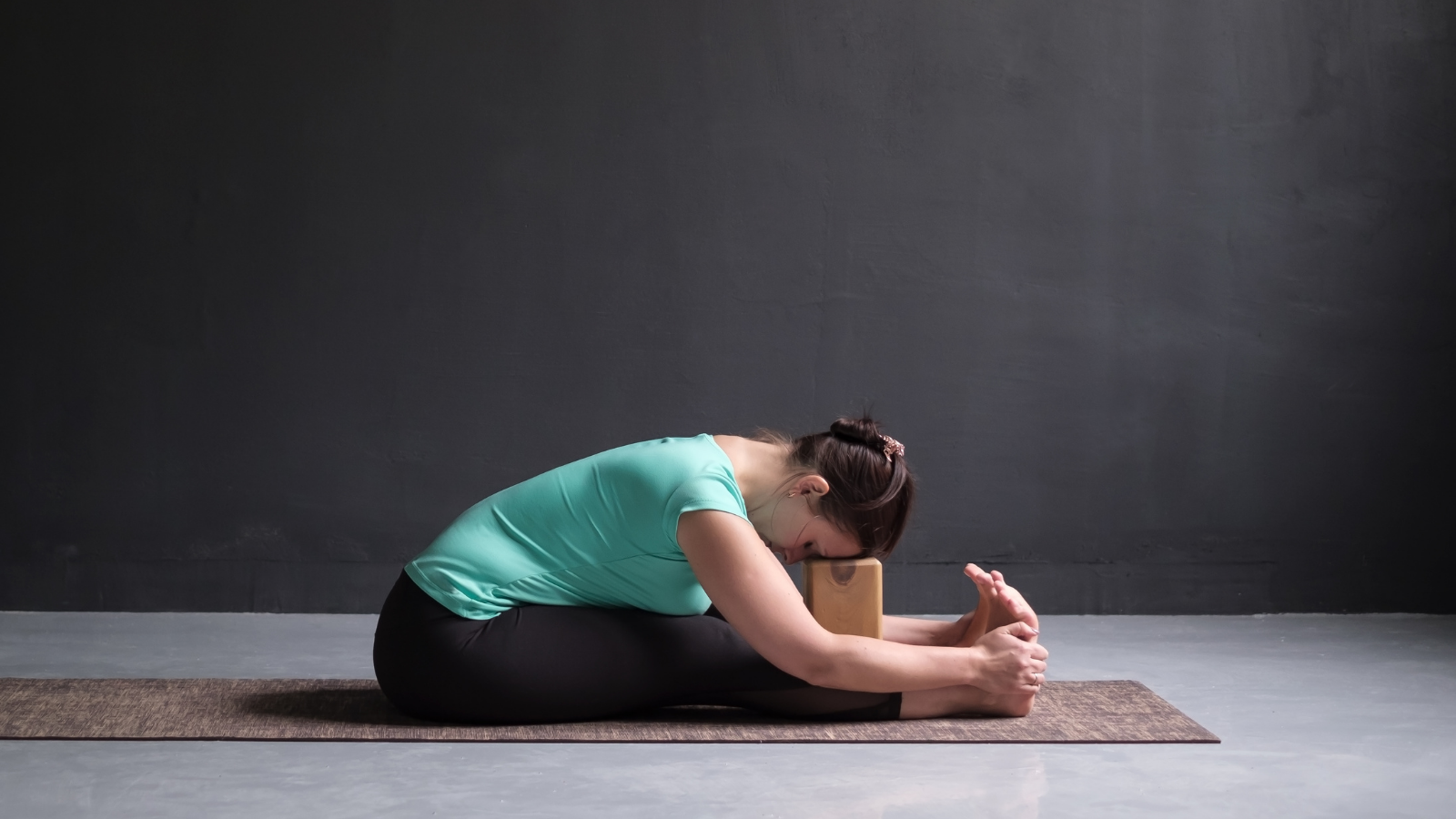
It’s only in self-guided practice—what we do when no one else is telling us what to do—when we have only ourselves to rely on that yoga becomes an intimate and powerful engagement with our bodies, minds, and hearts.
Here are some practical ways I’ve found to make consistent and satisfying yoga practices happen:
1. Plan it
The un-fancy work of simply nailing yourself down to a day and time is the first step in ensuring practice happens. Schedule your practice times in your agenda and hold yourself to them, just as you would a professional appointment or a lunch date with a friend. Have a reliable way to remind yourself of your sacred appointment with your mat or cushion. Phone alerts, post-it notes, and text messages to yourself are all good!
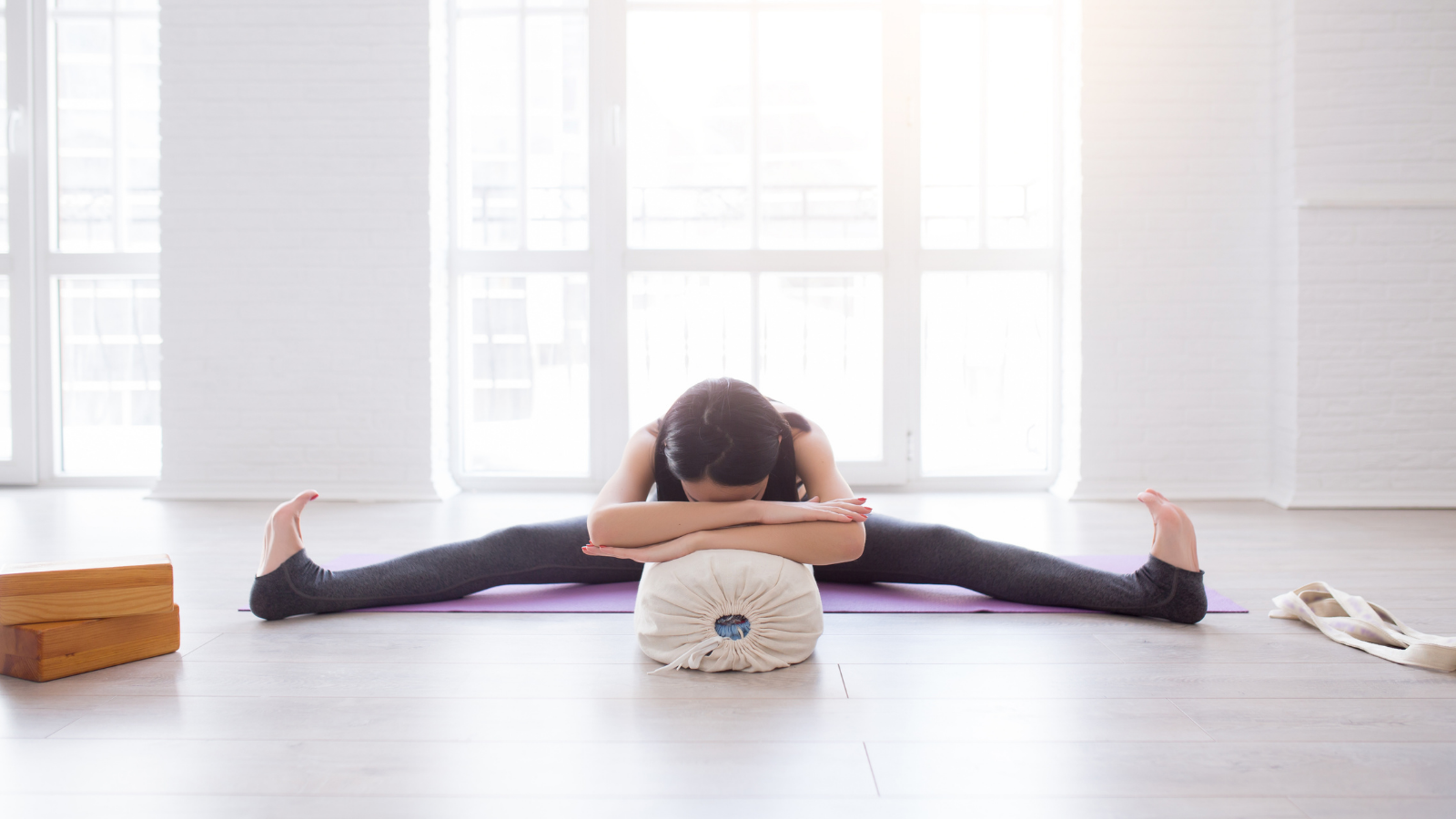
2. Start small
Set yourself up for success by making your practice plan highly realistic and utterly doable for you given everything else you’ve got going on in your life. Remember, you can always do more. Be willing to do less if needed too; even 15 minutes is better than nothing!
3. Have your props out and visible
Taking out that rolled-up mat in the corner of the closet makes it more likely that you’ll use it.

4. Practice as early in the day as you can
Getting your practice in before anything else can get in the way not only makes it more likely for your practice to happen it also allows you to enjoy the benefits of your practice all day long.
5. Welcome yourself to practice with complete and utter self-acceptance
Allow yourself to be exactly where you are. Take a moment to sit before you begin or while rolling your mat out to consciously acknowledge yourself with appreciation for coming to your mat. Welcome yourself, as you are, to your practice. No judgment or self-criticism is allowed. If either of those unwanted guests arrives, release them with your breath once you notice them and return to the feeling of acceptance and allowing.
6. Start with something you love that feels great in your body
It might simply be lying down on your back with your knees bent into your chest and rolling around. It might be stretching your legs up the nearest wall for a few minutes. A few rolls of your shoulders or your wrists. Anything you remember or anything you love to do is a great place to start.
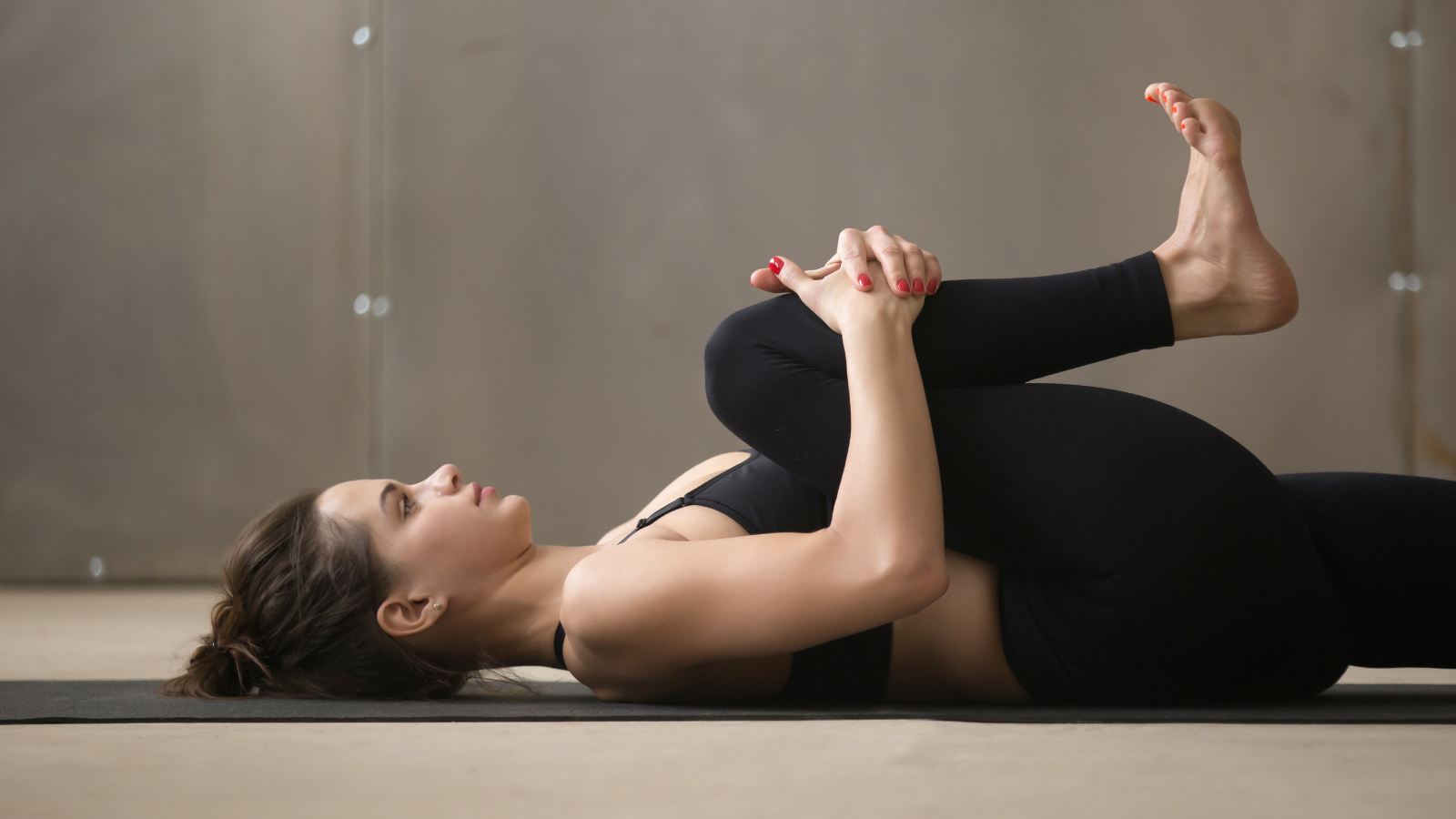
7. Observe the effects of your practice
Have a small notebook near you and at the end of practice. Notice how you feel at the end of your practice and take a couple of minutes to write down your practice’s effects, insights, or questions. Or, notice and comment on the effects of your practice inwardly at the end of practice. Articulating your experiences in yoga helps you recognize, process, and build on the benefits of our independent practice.

8. Thank yourself for showing up
Whatever your practice was like, even when it falls short of your expectations, be grateful that you did it. Some simple ways to do this are by bringing your hands together in the center of your chest, bowing your head toward your heart, or spending a moment of conscious breathing and self-connection as you conclude your daily practice. Inwardly expressing appreciation to yourself for your efforts makes it easier for you to come back next time.
Also, read...
Warrior I Pose: 5 Strengthening Variations
Deepening Your Home Yoga Practice: An Interview with Judith Hanson Lasater
4 Easy Ways to Use a Sandbag in Yoga Practice
Related courses
Breath as Medicine: Yogic Breathing for Vital Aging
Yoga and Myofascial Release: Releasing Chronic Tension with the Bodymind Ballwork Method
Yoga and Detoxification: Tips for Stimulating Lymphatic Health
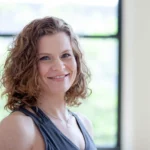
Barrie Risman is an internationally recognized yoga teacher, teacher trainer, and author of Evolving Your Yoga: Ten Principles for Enlightened Practice. Download the first chapter of her book and learn more about her new livestream workshop series, Yoga for Turbulent Times: Building Strength, Resilience, and Compassion for a Changing World, at www.barrierisman.com.




